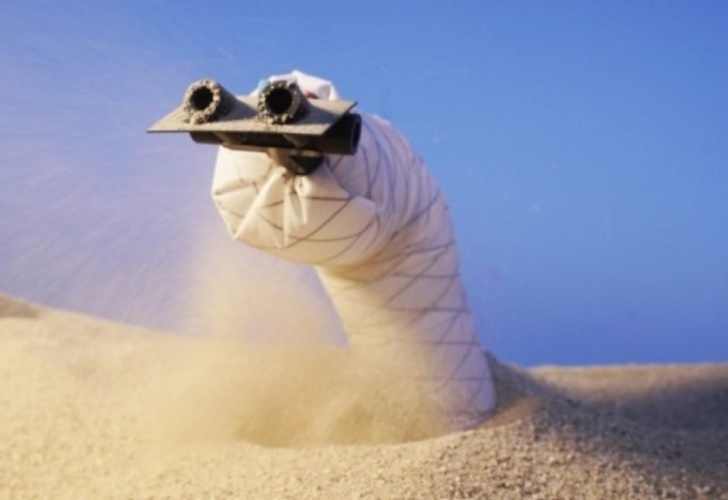The advance from researchers at UC Santa Barbara and Georgia Institute of Technology is detailed in Science Robotics
According to UCSB, the technology enables new applications for fast, precise and minimally invasive movement underground and lays mechanical foundations for new types of robots.
"The biggest challenges with moving through the ground are simply the forces involved," said Nicholas Naclerio, lead author and graduate student researcher at UCSB. "If you're trying to move through the ground, you have to push the soil, sand or other medium out of the way.”
Gaining a mechanical understanding of how plants and animals have mastered subterranean navigation opens up many possibilities for science and technology, added Daniel Goldman, Dunn Family Professor of Physics at Georgia Tech.
"Discovery of principles by which diverse organisms successfully swim and dig within granular media can lead to development of new kinds of mechanisms and robots that can take advantage of such principles," he said. "And reciprocally, development of a robot with such capabilities can inspire new animal studies as well as point to new phenomena in the physics of granular substrates."

A previously developed UCSB vine-like soft robot mimics plants and the way they navigate by growing from their tips while the rest of the body remains stationary. In the subterranean setting, tip extension, according to the researchers, keeps resisting forces low and localised only to the growing end; if the whole body moved as it grew, friction over the entire surface would increase as more of the robot entered the sand until the robot could no longer move. Burrowing animals inspired an additional strategy called granular fluidisation, which suspends particles in a fluid-like state and allows the animal to overcome the high level of resistance presented by sand or loose soil.
The team took inspiration from the southern sand octopus which uses its arms to pull itself into temporarily loosened sand. This strategy made its way onto the researchers' robot in the form of a tip-based flow device that shoots air into the region just ahead of the growing end, enabling it to move into that area.
The team believes a small soft robot like theirs has applications where shallow burrowing through dry granular media is needed, such as soil sampling, underground installation of utilities and erosion control. Tip extension enables changes in direction, while also allowing the body of the robot to modulate how firmly anchored it is in the medium -- control that could become useful for exploration in low gravity environments.
To this end, the team is working on a project with NASA to develop burrowing for the moon.










McMurtry Spéirling defies gravity using fan downforce
What a fun demonstration. I wonder if they were brave enough to be in the car when it was first turned over. Racing fan cars would be an interesting...